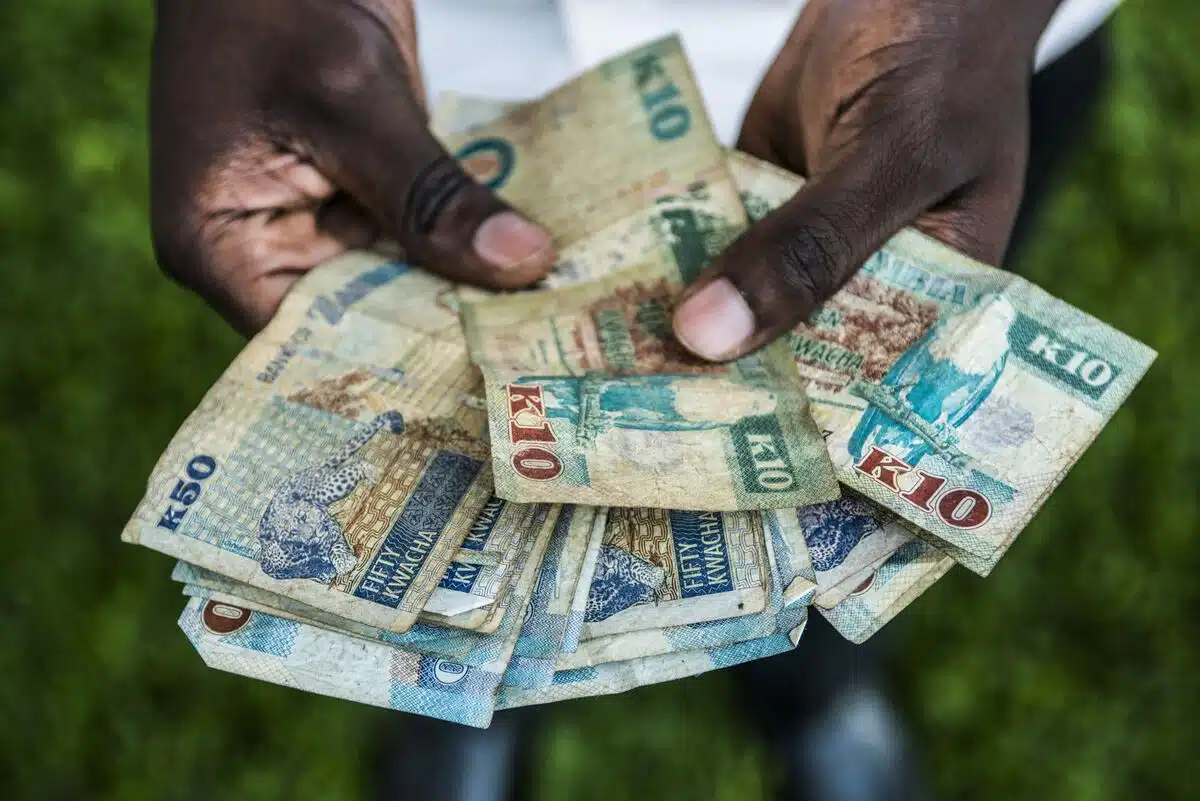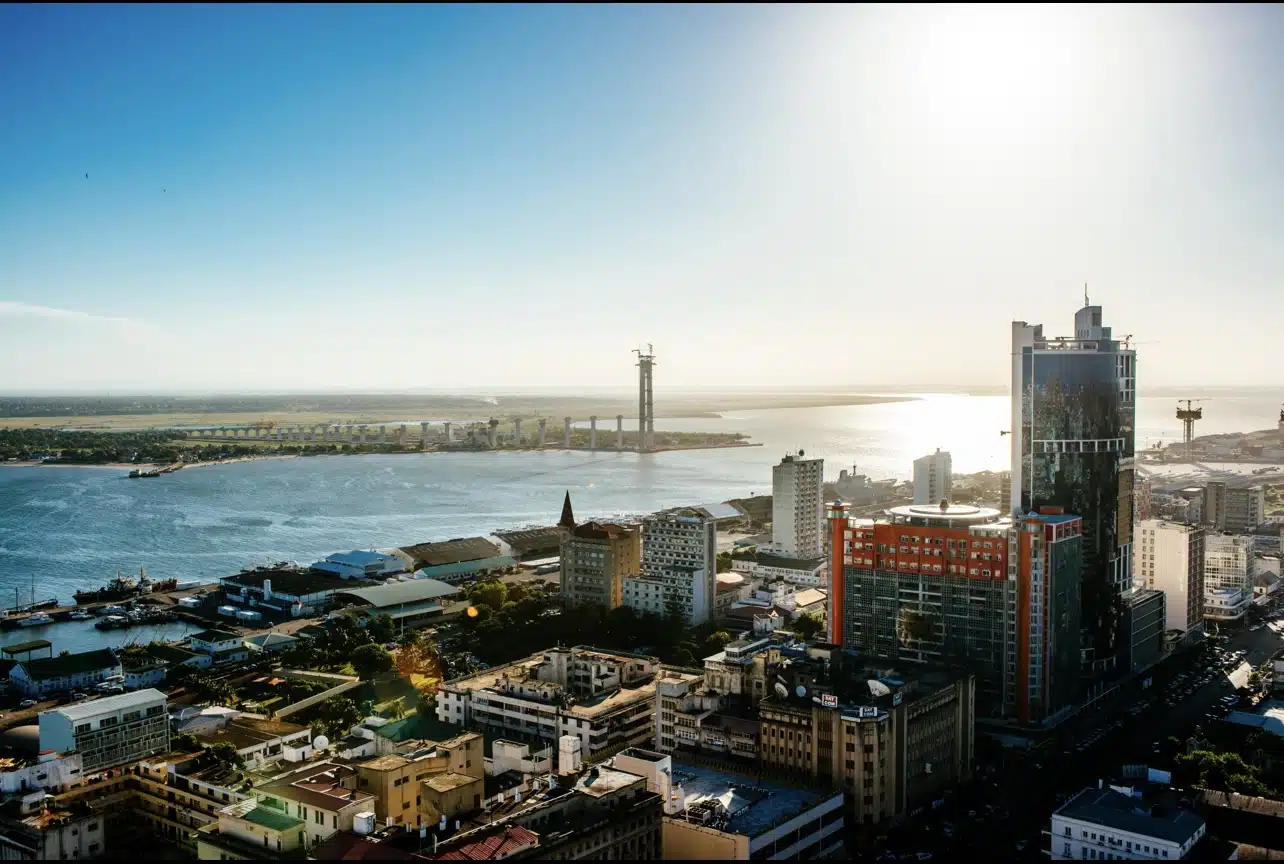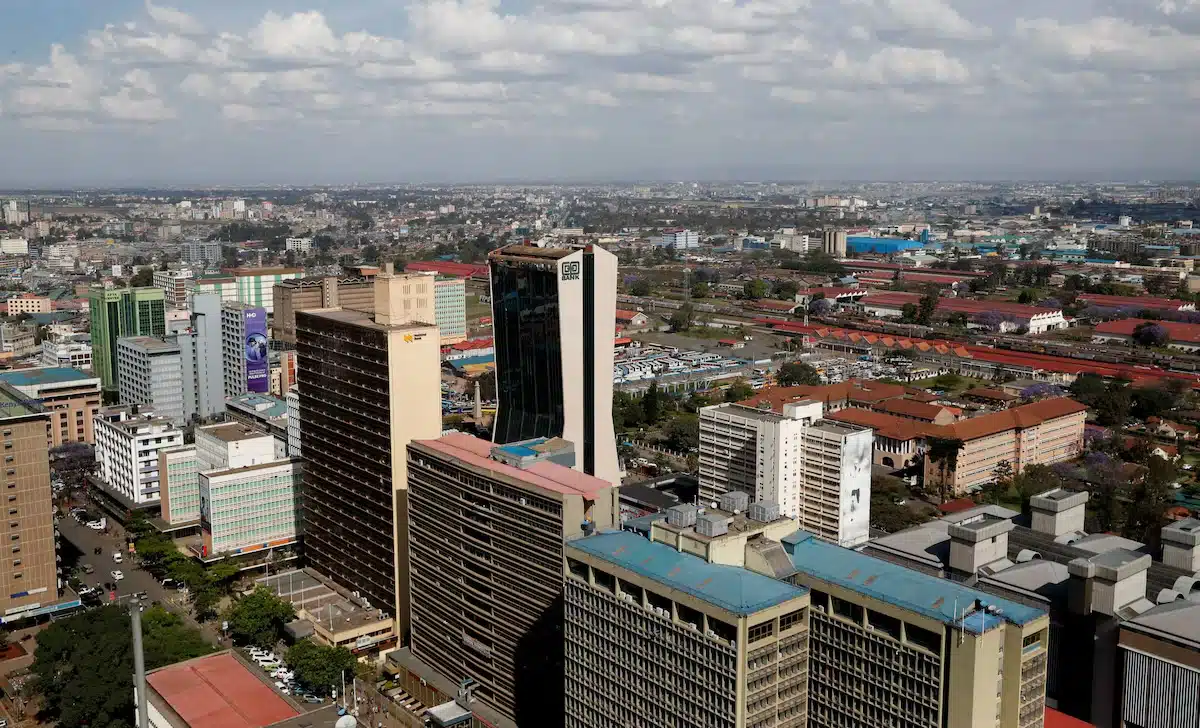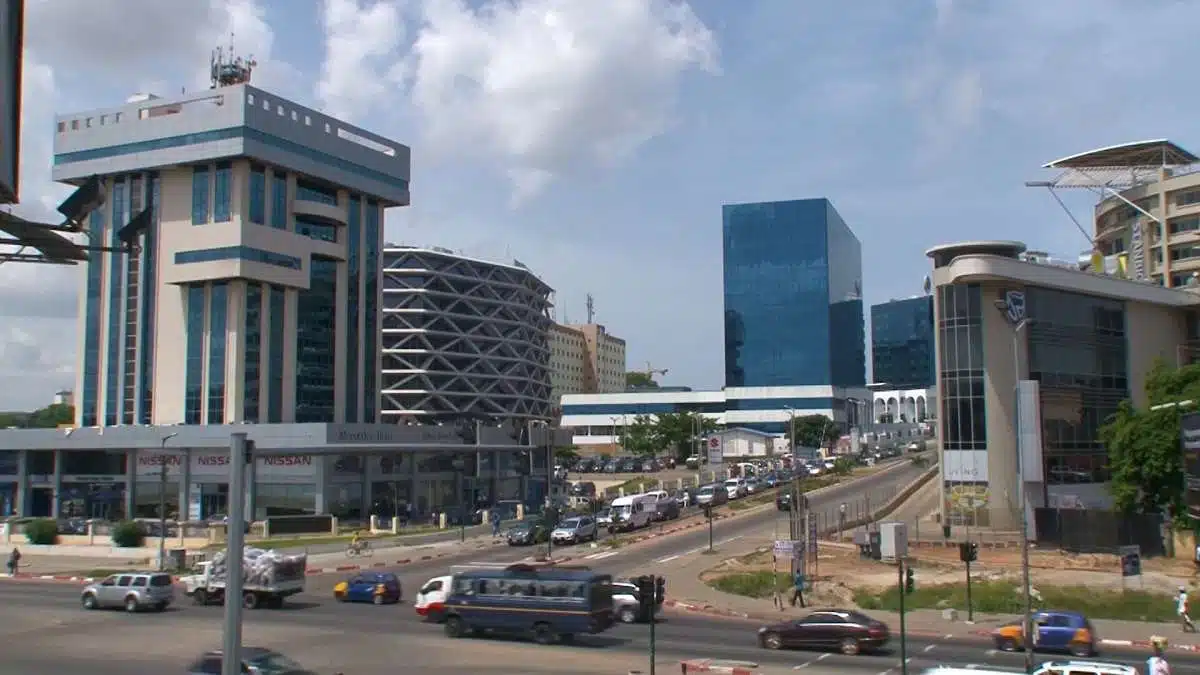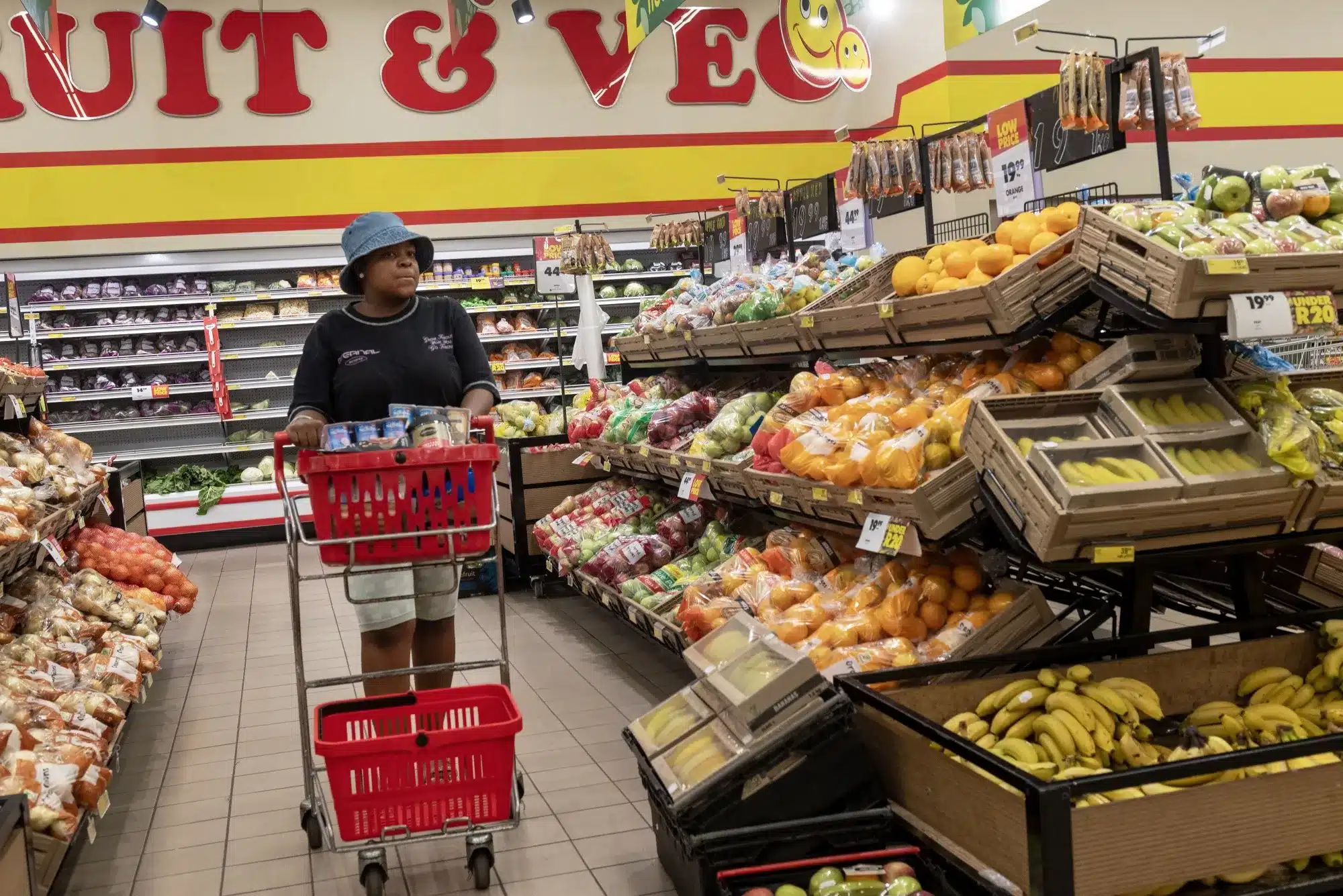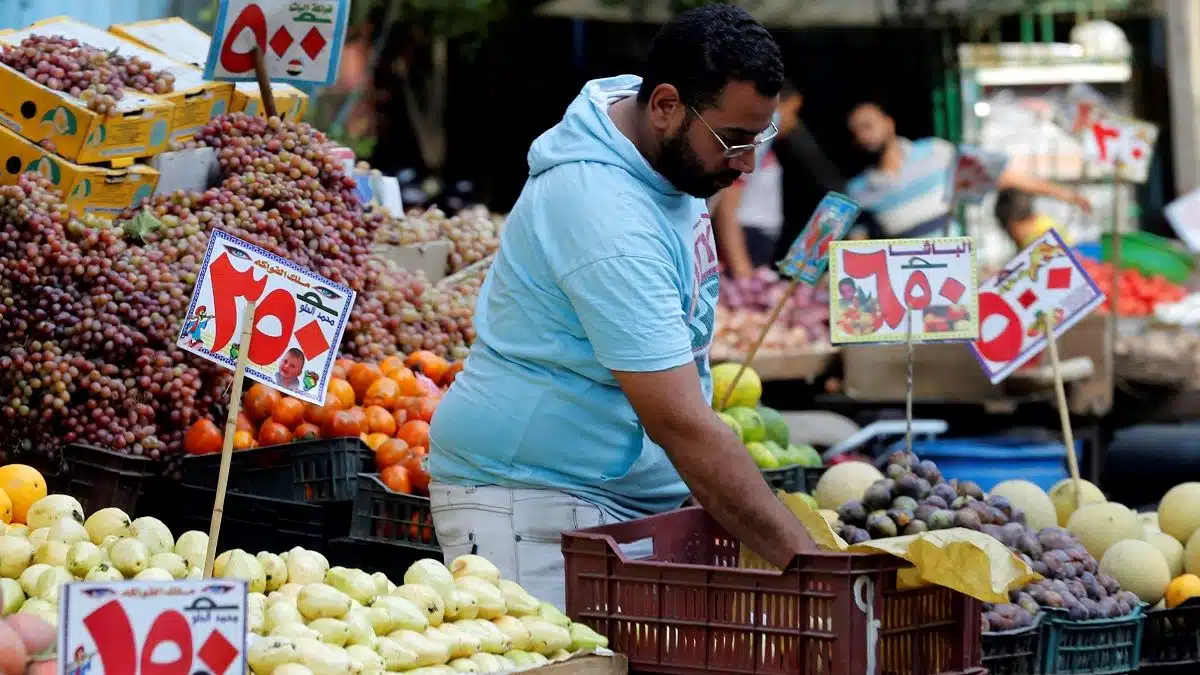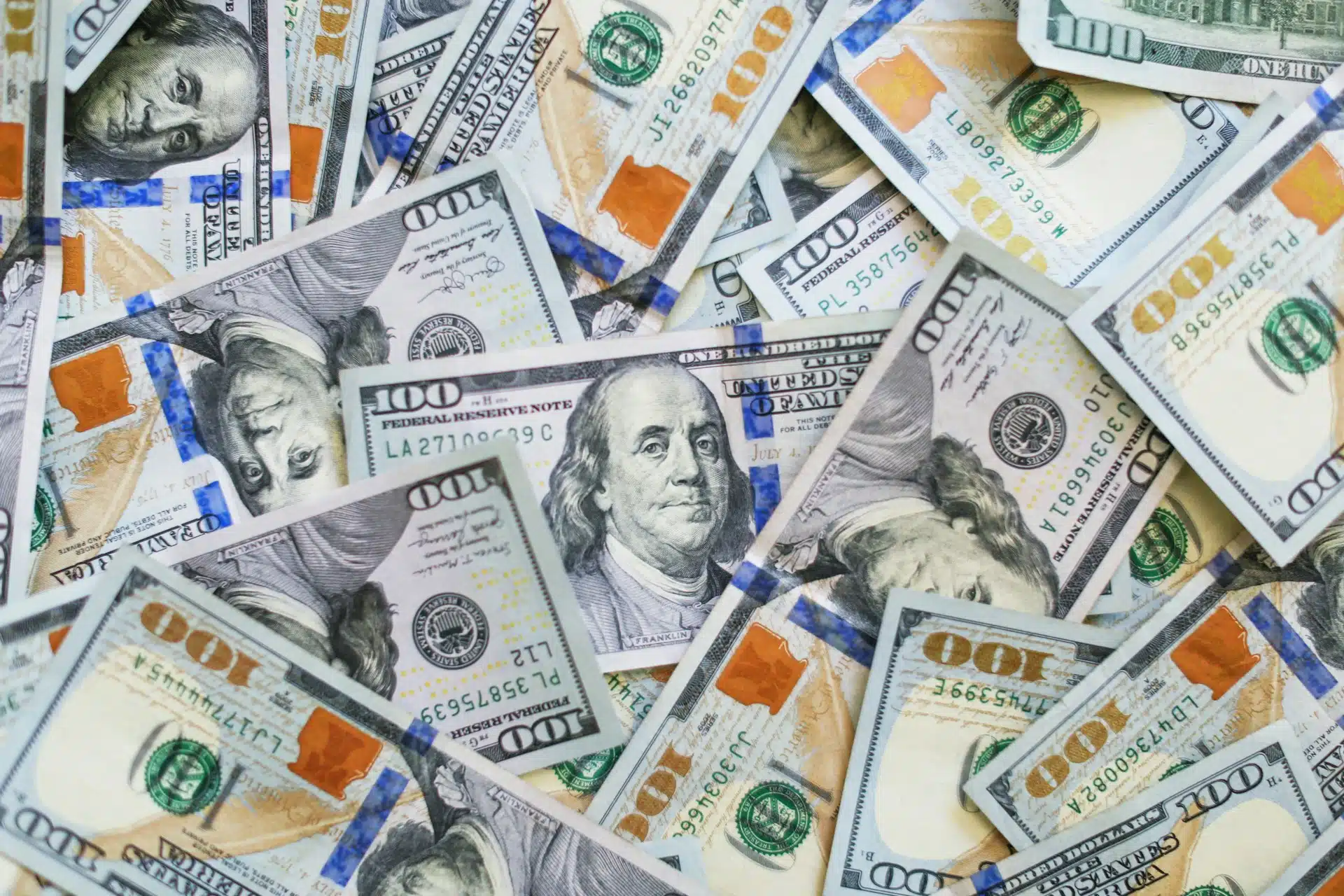Zambia’s inflation took a breather in March, easing to 16.5% from 16.8% in February, as food prices cooled after improved rainfall.
It’s the first decline in nearly two year, but with the kwacha still struggling, the relief may be short-lived.
Speaking during a press briefing on Thursday, Statistician-General Sheila Mudenda attributed the slowdown to easing food costs, particularly for bread and cereals, which had spiked following the country’s worst drought in over a century.
While food inflation decelerated to 18.9% from 20.6% in February, non-food inflation crept up to 13.2% from 11.7%, partly due to continued pressure on the currency. Prices climbed 1% month-on-month
The kwacha has been one of Africa’s worst-performing currencies this year, sliding another 3% against the dollar.
Although total imports declined significantly in January, falling 13% to $914.4 million, the cost of importing energy and agricultural commodities has continued to fuel dollar demand, exacerbating currency pressures.
In an attempt to stabilise the currency, the Bank of Zambia recently raised the cap on foreign exchange transactions for commercial lenders from $1 million to $5 million per deal.
But so far, that move hasn’t done much to slow the kwacha’s decline.
Tighter monetary policy to curb inflation
At the same time, Zambia’s central bank has been on an aggressive tightening cycle.
Since early 2024, it has hiked its Monetary Policy Rate (MPR) multiple times in an effort to bring inflation within its 6–8% target range and support the currency.
February 2024 saw a sharp 150 basis-point increase, bringing the MPR to 13.5%, followed by another 100 basis-point hike in May.
The tightening extended into 2025, with another 50 basis-point increase in February, keeping the rate at 14.5%—a level not seen in a decade.
While the inflation slowdown is a positive signal, policymakers remain under pressure to keep price growth in check, stabilise the kwacha, and keep the economy on course.

